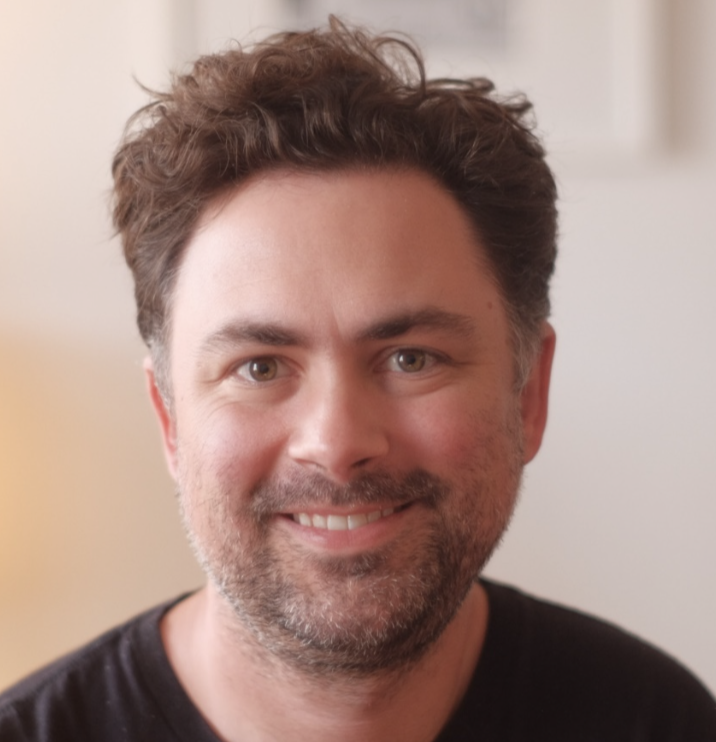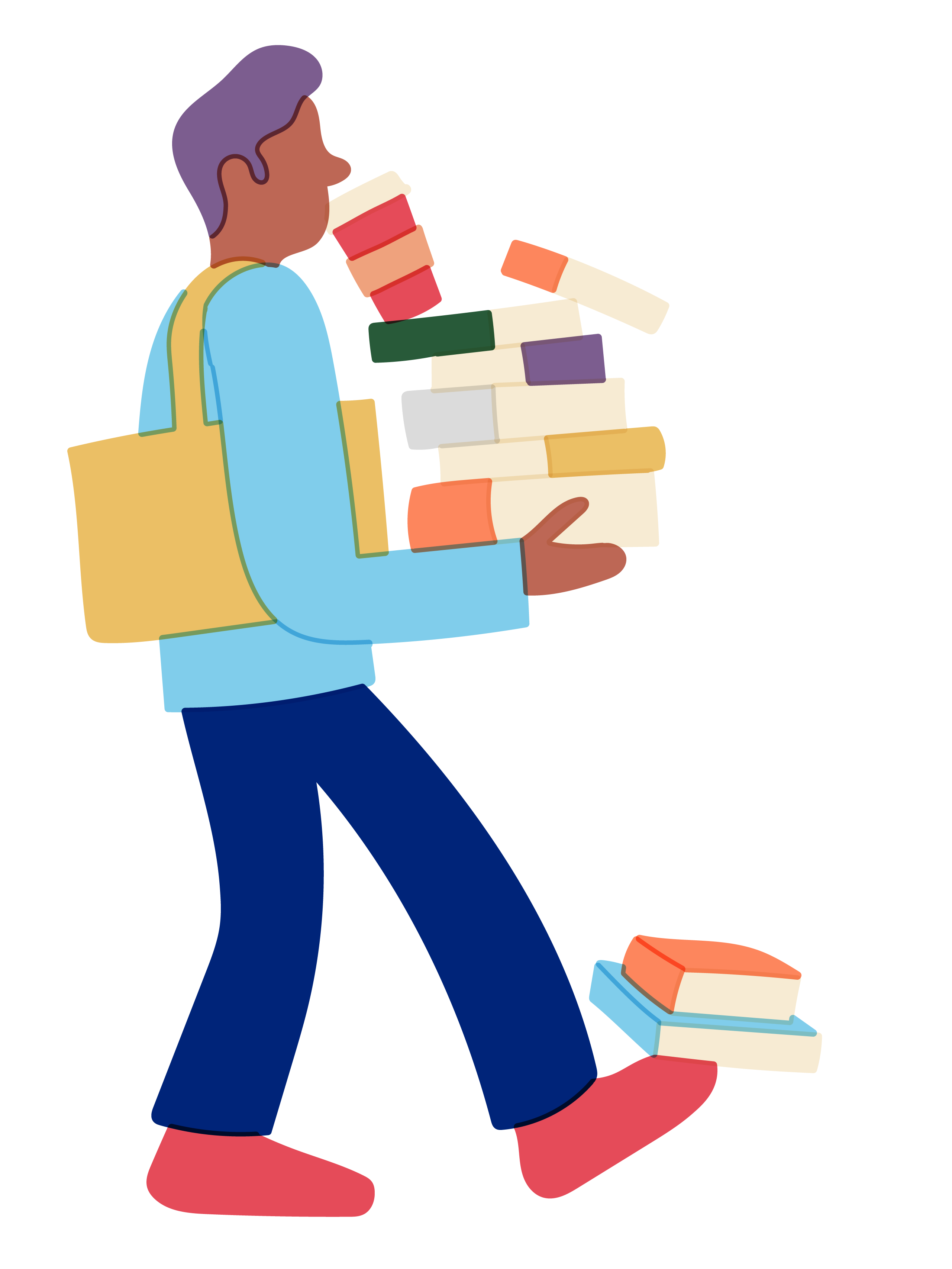Memorizing important dates, names, and places is an unavoidable drudgery when we study history. The evening of April 15, 1865, the balcony of Ford’s Theater in Washington DC, John Wilkes Booth, Henry Rathbone, Clara Harris, Mary Todd and Abraham Lincoln, for example. This cluster of spatial, temporal, and biographical data, like Cartesian points, plots for us a grand and terrible Historical Moment. The Lincoln Assassination altered the course of the world. Furthermore, simply invoking these points together can call up deep emotions and collective memories: the grievous sins of race-based slavery, the destruction and violence of the US Civil War, the hopefulness of the American Republic, the failures of Reconstruction, and the legacy of a nation divided. This power to make landmarks on the terrain of the past is the reason that date-and-name memorization is indispensable to the student of history. Eventually, though, navigating the past by landmarks should give way to a sense of historical texture.
For one thing, name-and-date history very often perpetuates a particular historical perspective. Of course the Lincoln Assassination changed the course of world events, but narrating this past as a series of consequences derived from Lincoln’s life can obscure a sense of how enslaved and formerly enslaved Black people imagined and acted themselves into American history. Much less can name-and-date history give us a sense of what any given life was actually like. For another thing, the wreckage of the past, as the philosopher and historian Walter Benjamin instructs us, piles up ever and ever higher. That is, the actual number of historical plot points is infinite; we fundamentally misunderstand history when we believe that it hinges on any particular event. History, rather, is the warp and weft of all moments, in all places, and our job as historians is to feel how the threads fit together.
The best way to learn history then, is by exercising one’s imagination. This doesn’t (necessarily) mean taking creative license with the data we find in archives. It means allowing (or forcing) oneself to adopt past perspectives. What could the Lincoln Assassination mean to a white teenage girl from Indiana? What if she is Black and left the South on June 20 of the same year? What if she’s white and in Georgia? You might be able to venture a small guess at what these imagined people would have made of the Lincoln Assassination. That’s because you can imagine ways that they might be like you. But what if that girl from Indiana desperately wanted—though she knew she could never have—a fistful of the dead President’s hair? She would, if she could, twist it together with the hairs she saved from her brother who was killed at Gettysburg, into a lacy design, placed into a glass bauble that she would wear as a broach or a pendant.
To be able to imagine wanting to do all that, you will need to learn what kind of world it was that could produce such desires. You will need to know about Victorian mourning practices, gender performance, and class sensibilities. You will need to know what 19th Century Americans believed about death. You will need to develop a sense of what it to meant to Americans to have a President before television. All of this (and much more) adds up to historical texture—a sense of how past worlds are different from our own. Dates and names are, thanks to our present digital condition, always within an arm’s reach. The past is not.


Comments